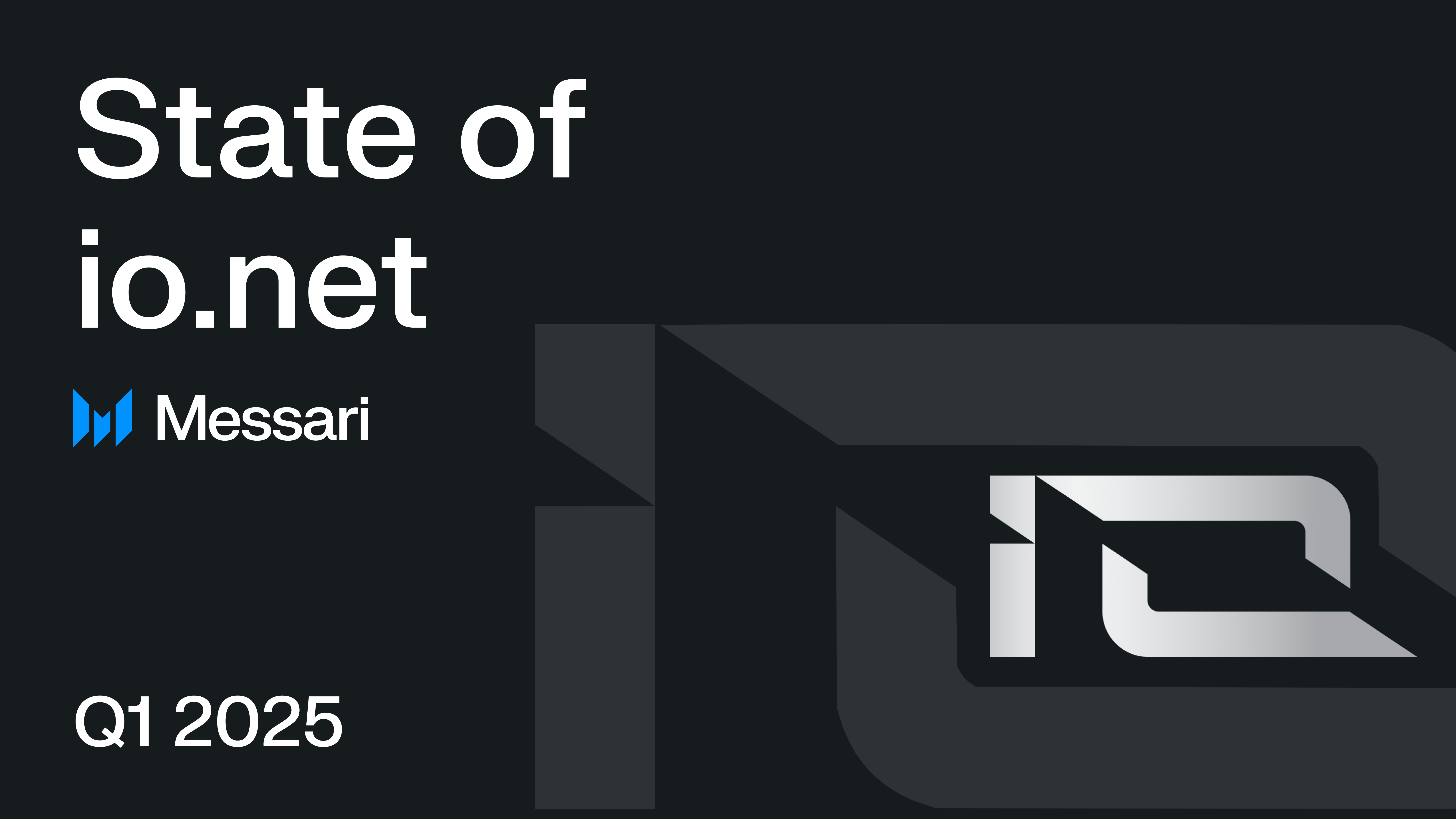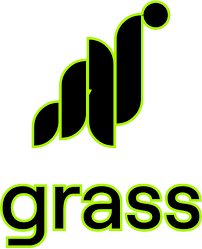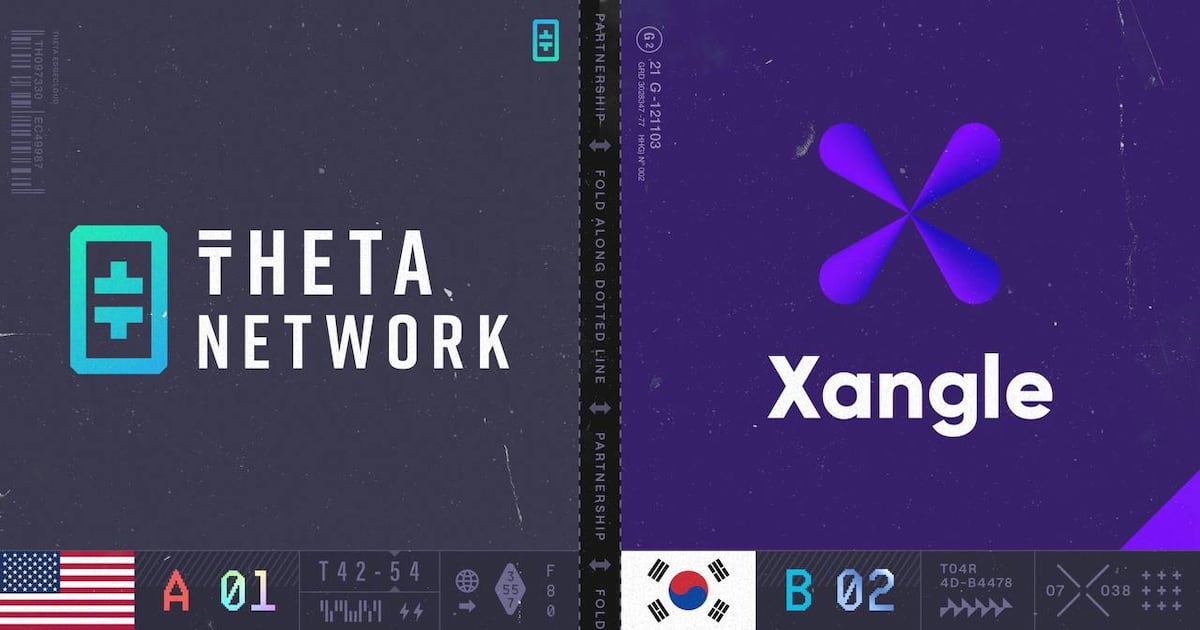Verbesserung des Kontextabrufs in der retrieval-unterstützten Generierung
Die retrieval-unterstützte Generierung (RAG) hat sich als eine entscheidende Methode zur Integration großer Sprachmodelle (LLMs) in spezialisierte Geschäftsanwendungen etabliert, die es ermöglicht, proprietäre Daten in die Modellantworten einzufügen. Trotz ihrer Effektivität in der Konzeptnachweisphase (POC) sehen sich Entwickler oft erheblichen Genauigkeitsverlusten gegenüber, wenn sie RAG in die Produktion überführen. Dieses Problem ist insbesondere in der Abrufphase ausgeprägt, in der es darum geht, den relevantesten Kontext für eine gegebene Anfrage genau abzurufen, ein Maß, das als Kontextabruf bekannt ist. Dieser Artikel befasst sich mit Strategien zur Verbesserung des Kontextabrufs durch Anpassung und Feinabstimmung von Einbettungsmodellen, um letztendlich die Leistung von RAG in realen Anwendungen zu verbessern.
RAG funktioniert in zwei Hauptschritten: Abruf und Generierung. In der Abrufphase wandelt das Modell Text in Vektoren um, indiziert, ruft diese Vektoren ab und sortiert sie neu, um die besten Übereinstimmungen zu identifizieren. Misserfolge in dieser Phase können jedoch zu verpassten relevanten Kontexten führen, was zu einem niedrigeren Kontextabruf und weniger genauen Generierungsergebnissen führt. Eine effektive Lösung besteht darin, das Einbettungsmodell anzupassen, das darauf ausgelegt ist, Beziehungen zwischen Textdaten zu verstehen, um Einbettungen zu erzeugen, die spezifisch für den verwendeten Datensatz sind. Diese Feinabstimmung ermöglicht es dem Modell, ähnliche Vektoren für ähnliche Sätze zu generieren, wodurch seine Fähigkeit verbessert wird, Kontexte abzurufen, die für die Anfrage hochrelevant sind.
Um den Kontextabruf zu verbessern, ist es wichtig, einen maßgeschneiderten Datensatz vorzubereiten, der die Arten von Anfragen widerspiegelt, mit denen das Modell konfrontiert wird. Dies umfasst das Extrahieren einer Vielzahl von Fragen aus der Wissensdatenbank, deren Paraphrasierung zur Variabilität und die Organisation nach Relevanz. Darüber hinaus hilft der Aufbau eines Evaluierungsdatensatzes, die Leistung des Modells in einer realistischen Umgebung zu bewerten. Durch den Einsatz eines Informationsabrufevaluators können Entwickler Metriken wie Recall@k und Precision@k messen, um die Abrufgenauigkeit zu beurteilen. Letztendlich kann die Feinabstimmung des Einbettungsmodells zu erheblichen Verbesserungen des Kontextabrufs führen und sicherstellen, dass RAG in Produktionsumgebungen genau und zuverlässig bleibt.
Related News





